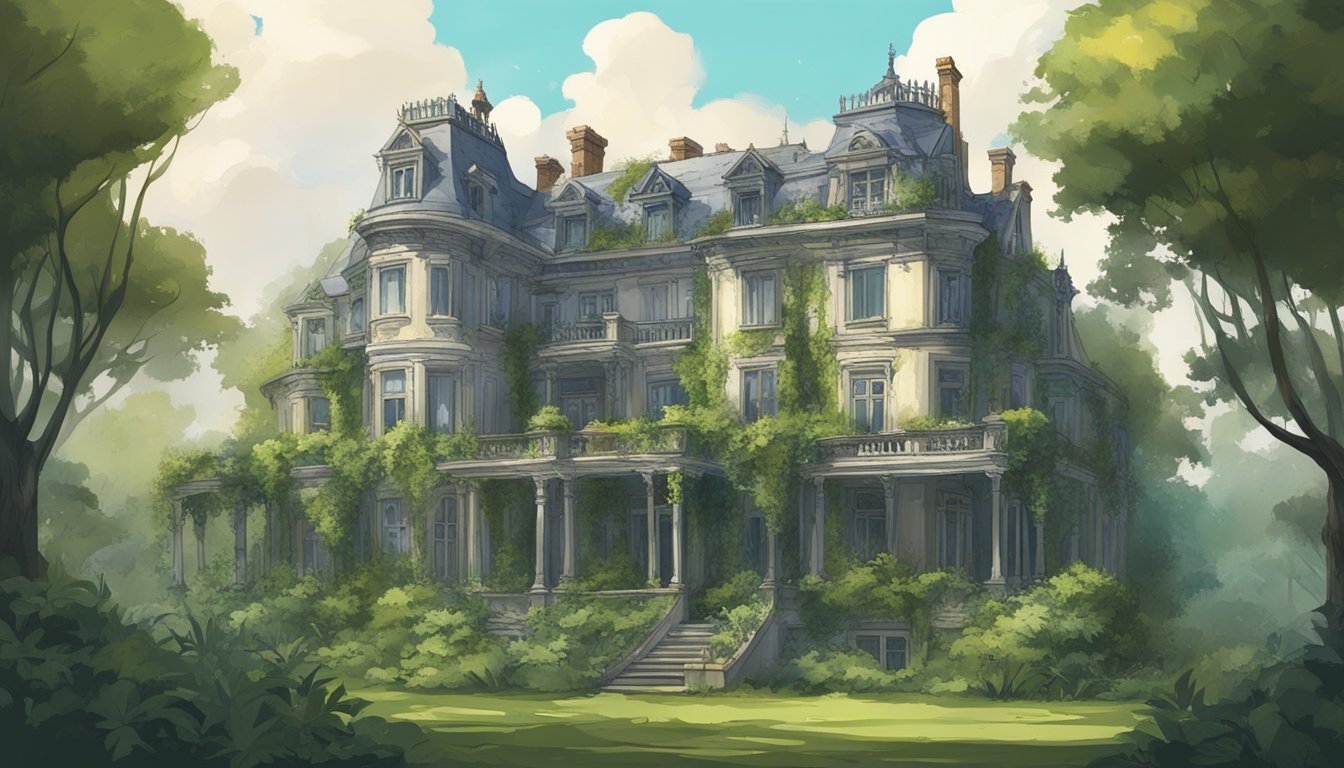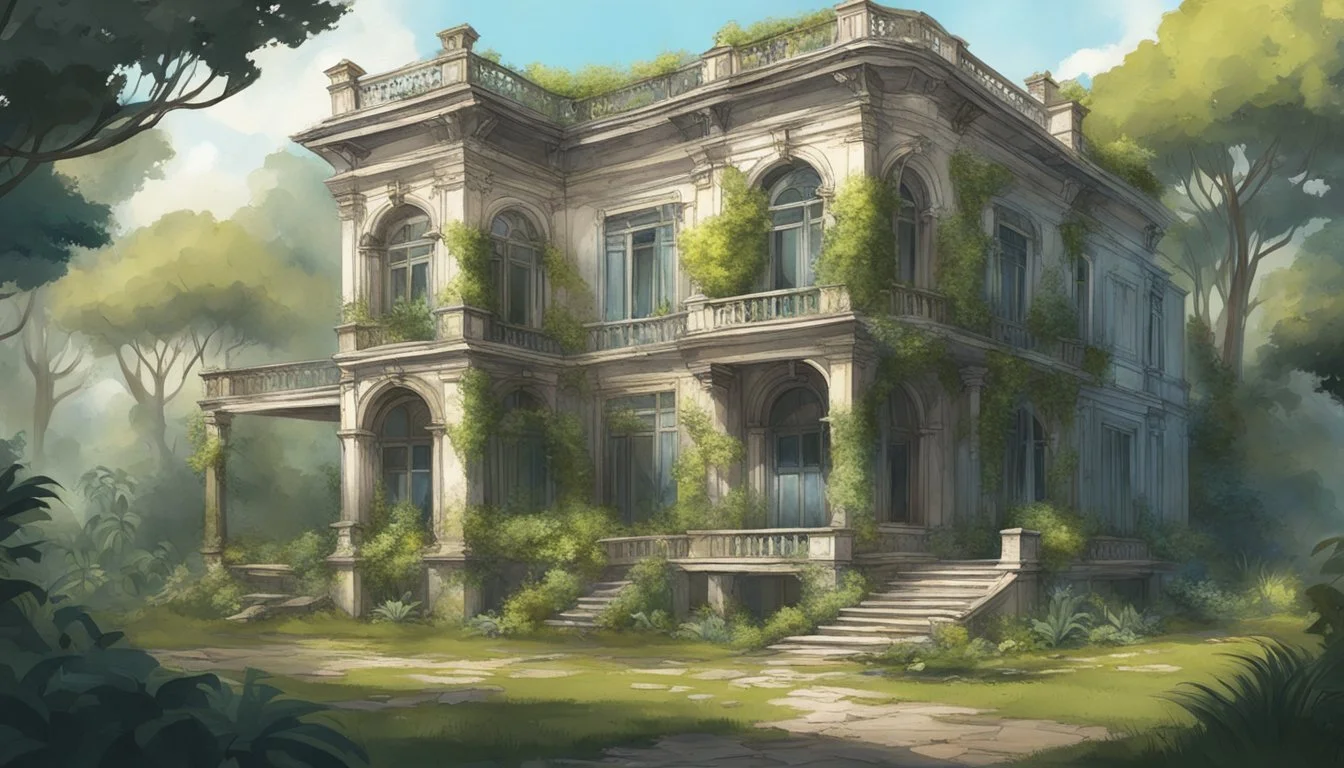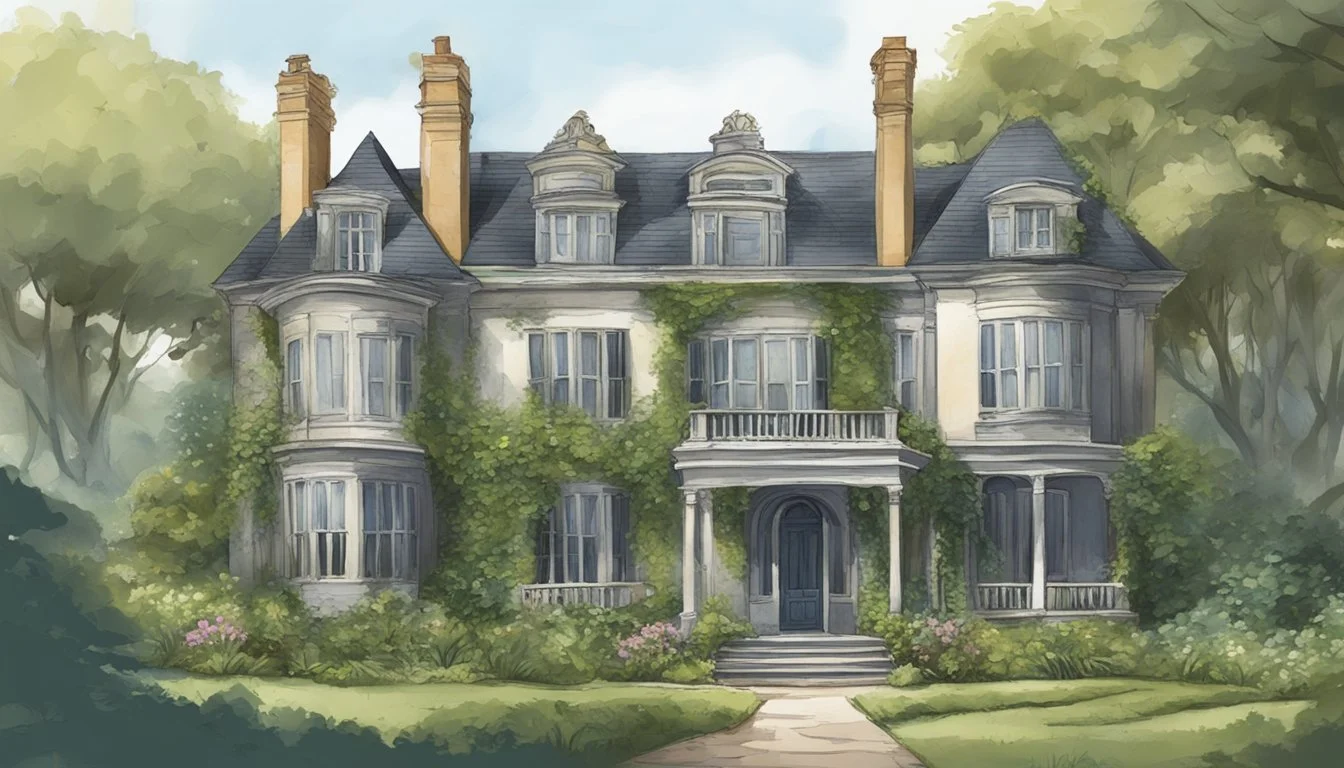Shocking Fall from Grace: Inside the Crumbling World of Grey Gardens' Recluses
Grey Gardens, a groundbreaking 1975 documentary, offers an intimate glimpse into the lives of two eccentric socialites. Directed by Albert and David Maysles, the film chronicles the daily existence of Edith Bouvier Beale and her daughter, Little Edie, at their dilapidated East Hampton mansion.
The mother-daughter duo, once members of high society and relatives of Jacqueline Kennedy Onassis, captivate viewers with their unconventional lifestyle and complex relationship. Their ramshackle home, Grey Gardens, becomes a character in itself, reflecting the faded glamour and isolation of its inhabitants.
This cinéma vérité masterpiece challenges traditional notions of documentary filmmaking. It presents an unfiltered portrayal of its subjects, allowing their personalities to shine through without judgment. Grey Gardens has since become a cult classic, inspiring adaptations and cementing its place in documentary history.
The Beales and Grey Gardens
Grey Gardens, a dilapidated East Hampton mansion, became famous due to its eccentric inhabitants - the Beale women. Their story captivated audiences through documentaries that showcased their unique lifestyle and fall from high society.
Historical Context of Grey Gardens
Grey Gardens was originally a luxurious 28-room mansion in the wealthy Georgica Pond neighborhood of East Hampton, New York. Built in 1897, it was purchased in 1923 by Phelan Beale as a summer home for his wife Edith Bouvier Beale and their children.
The Beales were part of New York's elite social circle, with Edith being the aunt of Jacqueline Kennedy Onassis. However, after Phelan and Edith's divorce in 1946, the property fell into disrepair.
By the 1970s, Grey Gardens had become infamous for its squalid conditions. The mansion was overrun with cats, raccoons, and fleas. Local authorities threatened to evict the Beales due to health code violations.
Profiles of Big Edie and Little Edie Beale
Edith Ewing Bouvier Beale, known as "Big Edie," was born into wealth in 1895. She pursued a singing career but gave it up after marriage. Big Edie was known for her eccentric behavior and refusal to conform to social norms.
Her daughter, Edith Bouvier Beale or "Little Edie," was born in 1917. A former model and aspiring actress, Little Edie returned to Grey Gardens in 1952 to care for her mother.
The Beales became reclusive cousins and high-society dropouts, living in isolation for decades. Their co-dependent relationship and unique fashion choices fascinated filmmakers and the public.
Little Edie's distinctive style included turbans made from sweaters and skirts worn as capes. The women's witty banter and philosophical musings became central to their cult following.
Production and Release
The Maysles brothers employed innovative filmmaking techniques to capture the eccentric lives of the Beales. Their approach revolutionized documentary filmmaking and left a lasting impact on the genre.
Filmmaking Techniques of Maysles Brothers
Albert and David Maysles utilized a direct cinema style for Grey Gardens. They employed handheld cameras and minimal crew to foster intimacy with their subjects. The brothers spent six weeks filming at the Beales' dilapidated mansion.
Their unobtrusive approach allowed Big and Little Edie to behave naturally on camera. The filmmakers captured over 70 hours of footage, later edited down to 94 minutes.
Ellen Hovde and Muffie Meyer joined as co-directors and editors. They helped shape the raw footage into a compelling narrative structure.
The Film's Impact on Documentary Genre
Grey Gardens challenged traditional documentary conventions. It eschewed narration and expert interviews, letting the Beales speak for themselves.
The film blurred lines between observer and participant. The Maysles brothers occasionally interacted with their subjects on camera.
Grey Gardens inspired future filmmakers to pursue more intimate, character-driven documentaries. It demonstrated the power of observational techniques in revealing complex human stories.
The film's success paved the way for more unconventional subjects in documentary filmmaking. It showed audiences were receptive to narratives about eccentric, marginalized individuals.
Cultural Impact
Grey Gardens left an indelible mark on popular culture, inspiring fashion trends and achieving cult classic status. The documentary's eccentric subjects captivated audiences and influenced various artistic mediums for decades.
Grey Gardens as a Cult Classic
Grey Gardens became a cult phenomenon shortly after its 1975 release. The film's raw portrayal of the Beales' unconventional lifestyle resonated with viewers, sparking fascination and repeated viewings. Its popularity endured, leading to adaptations in theater and television. A Broadway musical debuted in 2006, while an HBO film starring Jessica Lange and Drew Barrymore premiered in 2009. These productions introduced new generations to the Beales' story, cementing Grey Gardens' status as a cultural touchstone.
Fashion and Artistic Influence
Little Edie emerged as an unlikely fashion icon following the documentary's release. Her eclectic style, characterized by improvised headwear and creative outfit combinations, inspired designers and fashion enthusiasts. Edie's unique approach to clothing resonated with those who valued individuality in self-expression. Her influence extended beyond fashion, inspiring visual artists, musicians, and performers. Grey Gardens' aesthetic sensibility, with its blend of faded glamour and eccentric charm, continues to be referenced in photography, interior design, and other creative fields.
Critical Reception and Legacy
Grey Gardens received widespread critical acclaim upon release for its intimate portrayal of the Beale women. The film's impact extended beyond initial reviews, influencing academic discourse and preservation efforts.
Academic Analysis and Interpretations
Scholars have examined Grey Gardens through various lenses. Some interpret the Beales as feminist icons, challenging societal norms. Others view the film as a critique of American aristocracy and its decline.
Hilton Als dubbed Little Edie the "Philosopher Queen" for her unconventional wisdom. This moniker highlights her unique perspective and resilience in the face of adversity.
The documentary raises ethical questions about filmmaking and consent. Debates continue over the Maysles brothers' approach and the Beales' agency in their portrayal.
The Criterion Collection and Restorations
The Criterion Collection's inclusion of Grey Gardens solidified its status as a cinematic landmark. This prestigious release introduced the film to new audiences and ensured its preservation.
Criterion's restoration efforts improved image and sound quality, allowing viewers to experience the film's nuances in greater detail. Supplementary materials provided context and behind-the-scenes insights.
The restoration process sparked renewed interest in Grey Gardens. It led to retrospectives, academic conferences, and new critical analyses of the film's significance in documentary history.
Connection to the Kennedys
The Beale women featured in Grey Gardens had direct family ties to Jacqueline Kennedy Onassis. This connection brought public attention and eventual assistance to their plight at the dilapidated Grey Gardens estate.
Jackie O's Involvement and Public Interest
Edith Bouvier Beale and her daughter Edie were the aunt and first cousin of Jacqueline Kennedy Onassis. Jackie O's relation to the eccentric Beales sparked intense media curiosity when their living conditions became public in the early 1970s.
The former First Lady stepped in to help her relatives. She and her sister Lee Radziwill provided funds to clean and repair Grey Gardens after health inspectors threatened to evict the Beales.
Jackie's involvement brought the Beales' story into the spotlight of American popular culture. It tied their tale to the glamorous "American Camelot" image of the Kennedy family.
The contrast between Jackie O's public persona and her reclusive relatives fascinated many. This family connection was a key factor in the widespread interest in the Grey Gardens documentary.
Subsequent Works and Adaptations
Grey Gardens inspired numerous adaptations across different media. In 2006, a Broadway musical based on the documentary premiered, featuring Christine Ebersole and Mary Louise Wilson as the Beales.
HBO produced a film adaptation in 2009 starring Drew Barrymore as Little Edie and Jessica Lange as Big Edie. This version explored the Beales' earlier lives and their decline into isolation.
The Beales of Grey Gardens, released in 2006, featured additional footage from the original documentary. This prequel provided further insight into the eccentric mother-daughter duo's lives.
In 2015, the IFC series Documentary Now! paid homage to Grey Gardens with a parody episode titled "Sandy Passage." The show's creators meticulously recreated the documentary's style and atmosphere.
Grey Gardens' influence extended to fashion and pop culture. Little Edie's unique style inspired designers and became a subject of fascination for many fans.
Various books and articles have been written about the Beales and Grey Gardens, further cementing its place in cultural history. The documentary's legacy continues to captivate audiences and inspire new interpretations.





